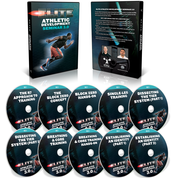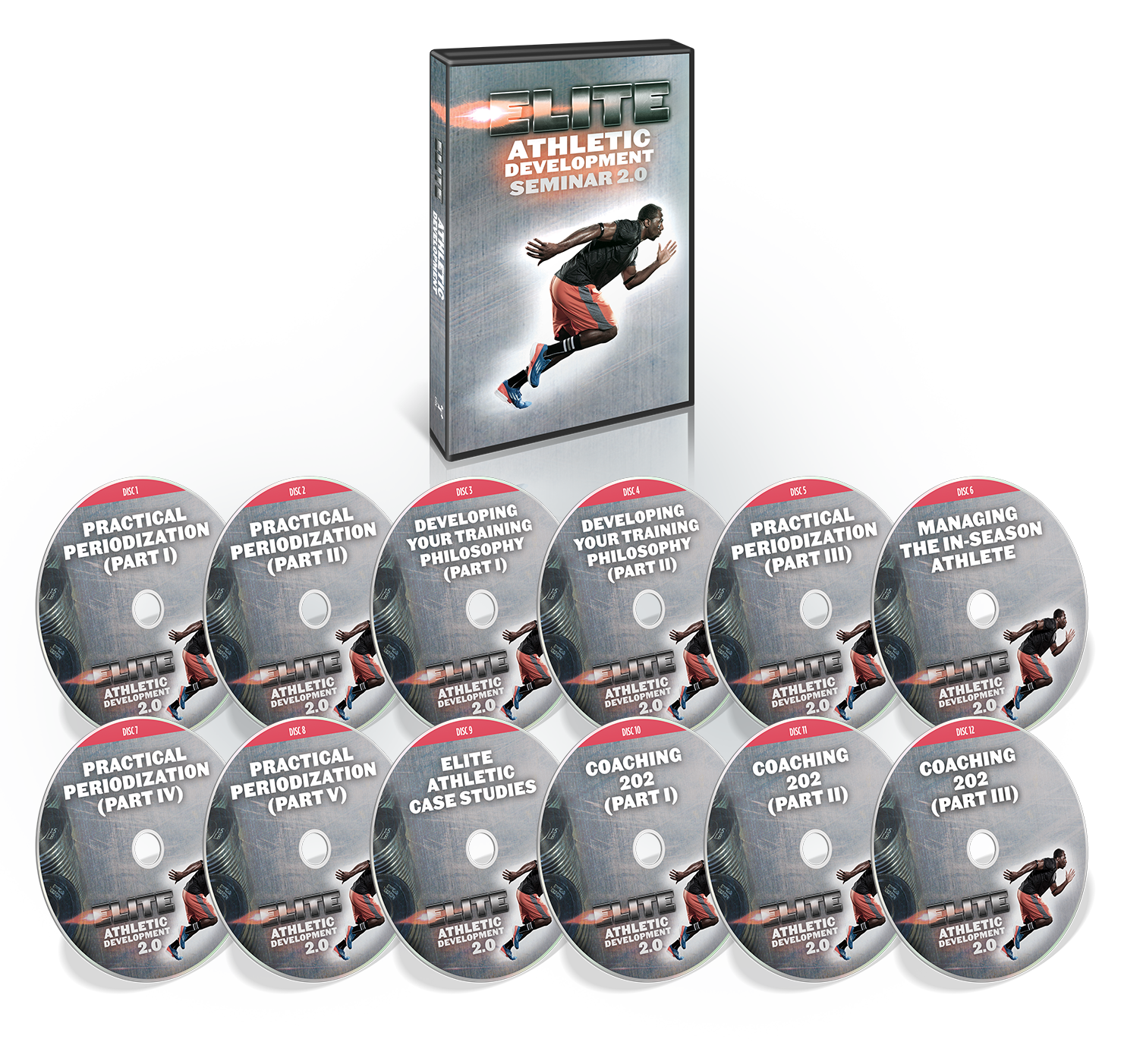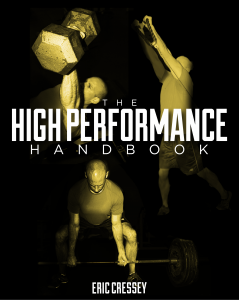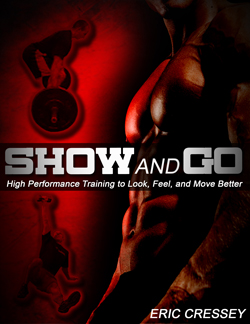It is definitely “that time of year” again. In my rehabilitation business I am getting quite a few baseball players (mostly 13 – 15 years old) complaining with medial (inside) elbow pain when they get into the cock phase of throwing and / or transition into the acceleration phase. Their elbows are structurally okay but they still hurt when they attempt to throw.
What I am finding is their underlying issue is a functional problem with their shoulder. (For more information on the difference between functional and structural injuries you can download a free report here.) I have coined the phrase “dish towel” elbow. Simply stated the shoulder doesn’t have enough range of motion to get into a full cocking position but the hand still tries to get there. The elbow is caught in between the hand and the shoulder receiving the stress. Think about wringing out a dish towel. One of your hands twists the towel in one direction while the other hand twists the towel in the opposite direction. The towel twists in the middle. In this analogy one end of the dish towel (i.e. the shoulder) is in a fixed position because it cannot rotate any further – in other words it is stuck. The other end of the dish towel is the throwers hand. The hand end of the towel is being moved beyond the shoulder end of the towel creating a twisting or wringing effect in the middle (i.e. elbow).
The “fix” for this issue is to address the shoulder range of motion issues so the elbow isn’t receiving the extra stress. In a previous article on resetting and rebalancing range of motion after throwing I talked about what leads up to this loss of shoulder range of motion. Take a look at it if you haven’t done so. I also address this in the downloadable arm care report.


 Today’s guest post comes from Evan Osar. Evan has spent over 1,000 hours refining an approach to corrective exercise and has compiled it in a program he calls the
Today’s guest post comes from Evan Osar. Evan has spent over 1,000 hours refining an approach to corrective exercise and has compiled it in a program he calls the 





Follow Joe